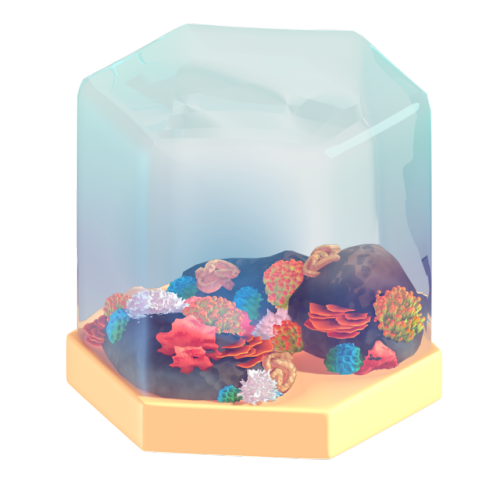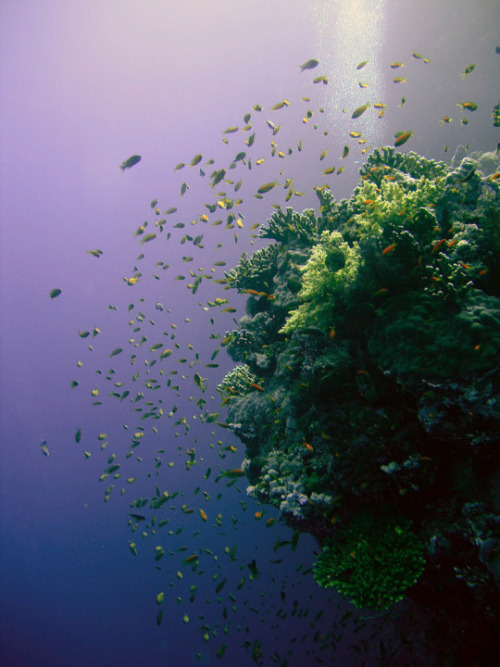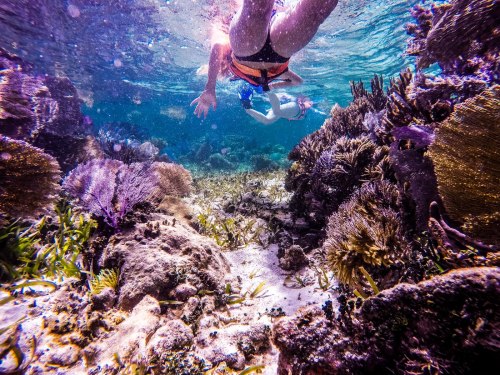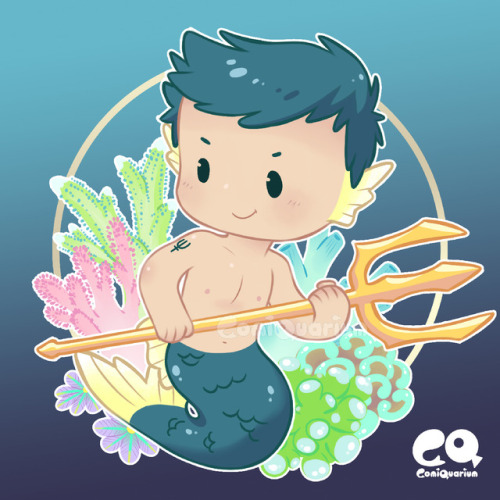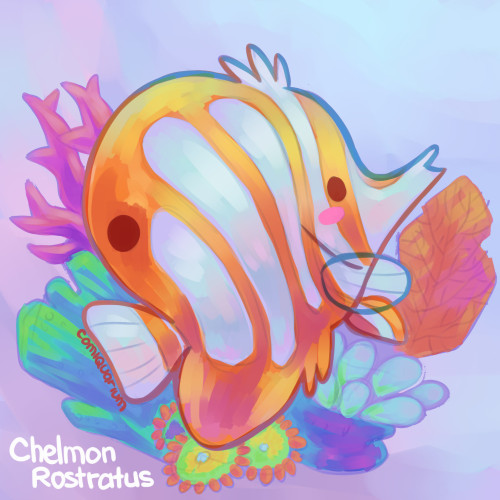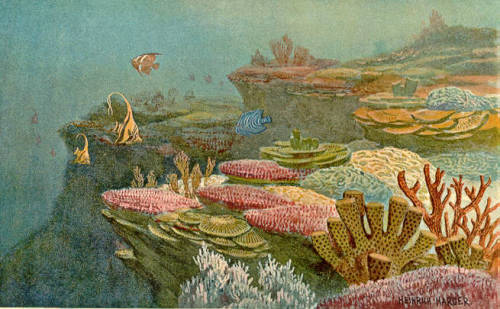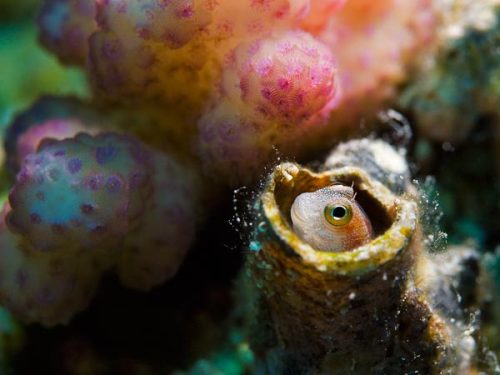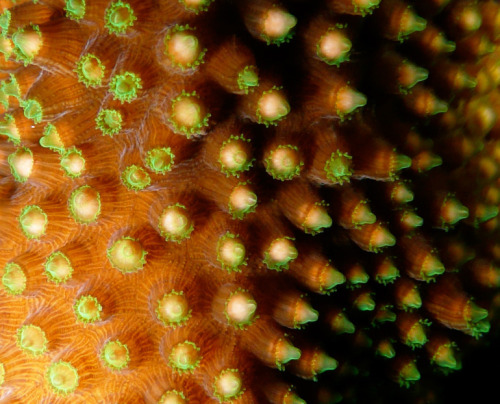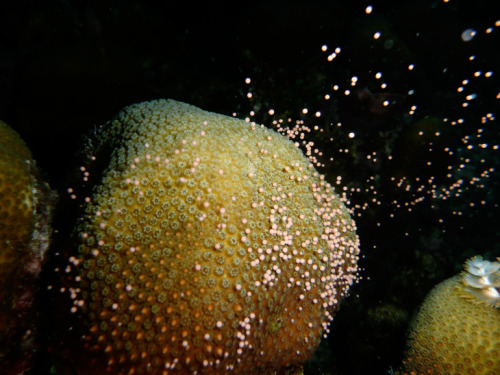#coral reef
Animal Crossing Fish - Explained #183
Brought to you by a marine biologist going back to saltwater…
CLICK HERE FOR THE AC FISH EXPLAINED MASTERPOST!
Okay, that’s enough freshwater for a little bit. Let’s get back to the ocean, where most fishies live (that’s not to say that freshwater fish aren’t amazing in their own right). Of course, we’ll be visiting the tropical coral reefs for our next few fish. Today we cover the aptly named Flame Angelfish.

Only appearing in pocket camp for a limited time in September of 2020, players could fish for this guy at Saltwater Shores. You may think the icon above is exaggerating those colors, but it’s not! The Flame Angelfish is one of the most vibrantly colored residents of the coral reef.
The Flame Angel is named to species - Centropyge loricula. It is a part of the Family Pomacanthidae, or the marine angelfish. The family itself is often placed in the Perciformes, the Order that comprises the greatest number of fish species. However, some taxonomists think they would belong in other orders, and some just say they are Incertae sedis right now, or that no one can agree where they go. I’m sure the fish don’t care.

By Andreas März from Darmstadt, Germany - 20120205-WJ7U0356_Lr, CC BY 2.0, https://commons.wikimedia.org/w/index.php?curid=21496392
Like some of the fish we have covered, the Flame Angel is a hermaphrodite - every single one is born a female, and they switch to being males when they find themselves the largest one in the group. These guys will swim in harems from 3 to 7 individuals, and both male and female are impeccably dressed.
Of course, there is stiff competition for the most lavish, most colorful fish on the tropical coral reef. The place is just bursting with color, no matter what phylum you belong. I’ve been asked quite a few times why that is. Why is everyone on the coral reef dressed to the nines? It may be because of the complexity of the habitat they inhabit. Fish and invertebrates living in this environment actually hide better being that vibrant against such a backdrop because they employ disruptive camouflage. Just like the zebra, these patterns of color disrupt the shape of the fish, and, when schooling, can make it really hard for a predator to target an individual. What’s more, corals thrive in clear water, making visual acuity super important to most things that call the day time coral reef home. That means that visual displays, signals, and color play a vital role in these animals’ lives. When you live such a life, it’s always a struggle between two fundamental questions: “Can my predators/prey see me?” and “Can my mate see me?” Most of the time, the needs to mate and to not-die are at odd, but on the coral reef, they actually agree, so everyone can go hog wild on their colors and patterns.
If you’d like to read more about this, read this article I used to help craft this AC Fish Explained!
And there you have it. Fascinating stuff, no?
Is action on climate change the only sure way to preserve the world’s coral reefs?
The majority of coral reefs around the world are not only threatened by global warming. Agriculture effluents such as pesticides, overfishing, untreated sewage, and siltation due to deforestation all contribute to the serious degradation of coral reefs such as the Great Barrier Reef of Australia.
The latest Food for Thought articlefromICES Journal of Marine Science explores building up resilience and adaption of social-ecological systems of coral reefs, by drastically reducing local stressors.
Post link


He’s been watching me paint my nails, do you think he approves?


Ah the tank looks so nice right n-

She finally found a suitable house!!


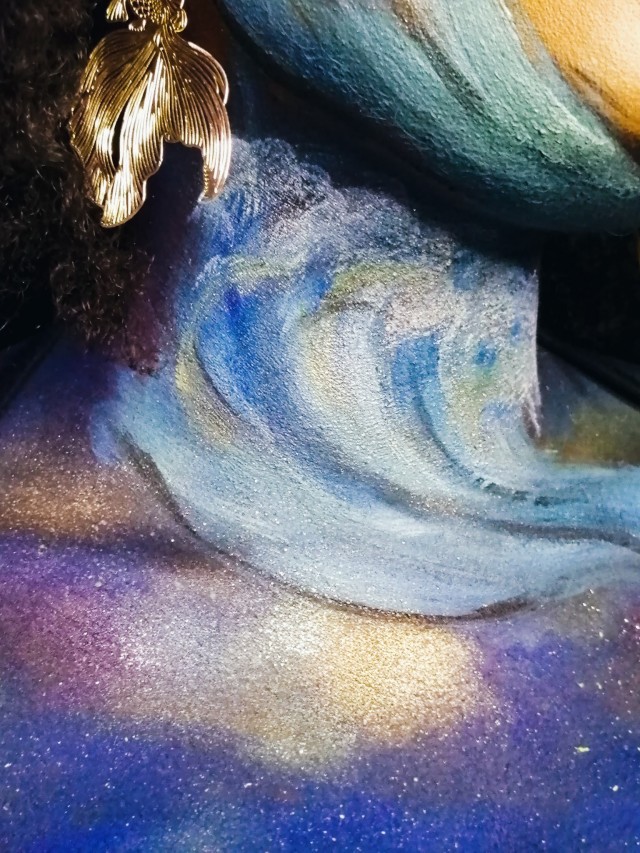

Ocean eyes
Merry Christmas everyone!
From ComiQuarium, to you all (especially the fellow fish lovers out there)
Post link
Some random fish drawing / painting!
left to right: Blue betta; Red betta; Neon tetra; Copperband butterflyfish; Swordtail; and Sergeant major damselfish
Post link
Cher being Cher.
Swaying torch. Does anyone know why torch corals get crinkly like this?
Coral reefs are among the most dynamic and diverse ecosystems on the planet. They provide a safe habitat for hundreds of marine species, along with numerous resources necessary for the economic survival of smaller nations. Nevertheless, ocean acidification is one of the greatest threats that coral reefs face nowadays. It is now necessary to understand the problem, and to act quickly to limit the consequences potentially insuperable if coral reefs were to disappear.
- How does a coral reef form?
Coral reefs are natural structures essentially built by hard coral colonies. Each coral is an invertebrate animal constituted of polyps. A polyp is an organism made of a mouth, stomach, wall and tentacles used for feeding and defense. Most of the corals are made of hundreds of those polyps, each genetically identical. Each polyp secrete its own exoskeleton made of calcium carbonate. Thus, hard coral species build reefs with the slow accumulation of these calcareous skeletons. Corals are furthermore considered as one of the biggest natural well of carbon on our planet.
The above video shows detailed and close-up shots of coral polyps feeding.
- Why are coral reefs important?
Coral reefs have among the richest biodiversity on the planet, and provide ecological niches to numerous animals that find protection and food within the reef. According to the National Oceanic Atmospheric Administration(NOAA),more than 25% of the world’s marine biodiversity is found around coral reefs, as well as over 4,000 different species of fish.
Corals are also a necessity for many coastal countries. Coral reefs offer a natural barrier against erosion and flooding following strong weather events (hurricanes or typhoons, for example). Furthermore, coral reefs are of an invaluable economical importance, and supply essential goods and services such as food, raw material, water filtration, and tourism. Over 30 million people depend exclusively on those reefs for their subsistence and housing, particularly the populations living on coral islands or atolls (Wilkinson 2008).
It is difficult to calculate the exact monetary value of such an ecosystem, but according to estimations from experts at Diversitas in 2009, the goods and services supplied by coral refs have an average annual value of about $172 billion.
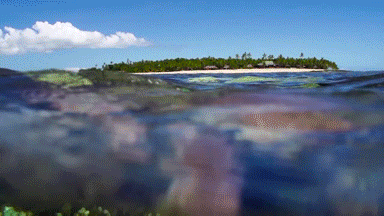
- How are coral reefs threatened?
Corals are very sensitive animals, and do not tolerate big changes in their environmental conditions. They now have faced for multiple years various threats, such as overfishing, pollution, bottom trawling, warming sea surface temperatures, or ocean acidification.
It is possible that by the middle of the century, corals become incapable of surviving in numerous regions of the world due to ocean acidification, and that their dissolution will be faster than their rebuilding(Guinotte and Fabry 2008). As I explained in the first article on this topic, the more acidity increases, the more energy is required to form a skeleton, and corals thus become more vulnerable.
In 2008, Clive Wilkinson explained that the world had already lost over 20% of coral reefs. In 2011, a report from the World Resources Institute indicated that 75% of coral reefs were at risk of entirely disappearing. In July 2015, a team of international scientists lead by Dr. Jean-Pierre Gattuso of the Laboratoire d’Océanographie de Villefranche published a worrying studyon the future of our oceans. If we continue with the ‘business as usual’ approach and if the CO2 emissions increase at the same rate, we can expect irreversible consequences on the marine ecosystems.
Without corals, the marine biodiversity will sharply decrease, as it will equal a huge loss of habitat, food and protection for many species. Moreover, the sectors of tourism and fisheries in numerous local and national economies will highly suffer from the disappearance of coral reefs. Finally, coastal regions will inevitably face increased beach erosion,floods, and damages in towns located close to the oceans.
- What can we do?
All hope is not lost yet. A team of scientist has already shown that some corals are capable of regulating their own pH levels internally(McCulloch et al. 2012). Moreover, scientists in many countries, like Ken Nedimyer in Florida, have successfully established coral nurseries to grow endangered coral species (see photo), and to insure the presence of numerous and different genotypes within the reef. These corals are then transplanted onto older reef sites, previously destroyed by storms, diseases or bleaching events, so the reef can rebuild. Additionally, scientific research on corals and their resistance to such events continues across the world.
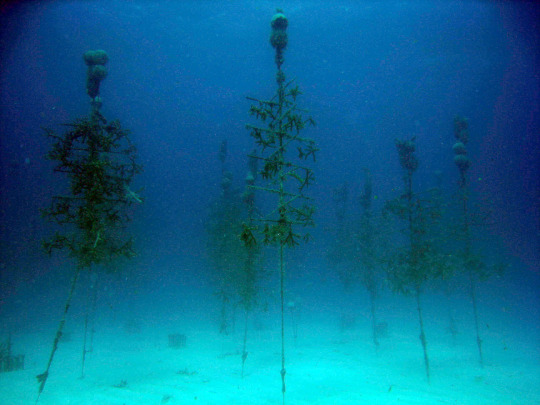
(Photo of Acropora cervicornis trees at the CRF coral nursery down in the Florida Keys. Photo by Allan Bright)
In France, l’Initiative française pour les récifs coralliens (IFRECOR), dependent on the Ministère de l’Ecologie, has been committed since 1999 to ensure the protection and sustainable management of coral reefs in French waters.
Everything in our environment is connected, and it is therefore possible to help coral reefs indirectly in our daily life. Don’t hesitate to check out the Lemonsea article on 5 things you can do to fight ocean acidification. No action is too small.
This article was originally published in French on the blog Ocean pour le Climat for Le Monde: Les impacts de l’acidification des océans sur les récifs coralliens.
Greater Blue-Ringed Octopus |Hapalochlaena lunulata
“The greater blue-ringed octopus is one of several species of blue-ringed octopuses. All are thought to be venomous and for their size, they are the most deadly of all cephalopods. It is said that the venom of this octopus could kill 26 adults in just a few minutes. There is no antivenom for treatment. Fortunately, these octopuses do not attack humans. Injury typically occurs when a blue-ringed octopus is stepped on or picked up.” (Source)
Smiling Fish
A tiny fish peeks out his head and smiles, in a coral reef in the Red Sea, off the coast of Egypt. Photo by Dmitry Marchenko
Post link

